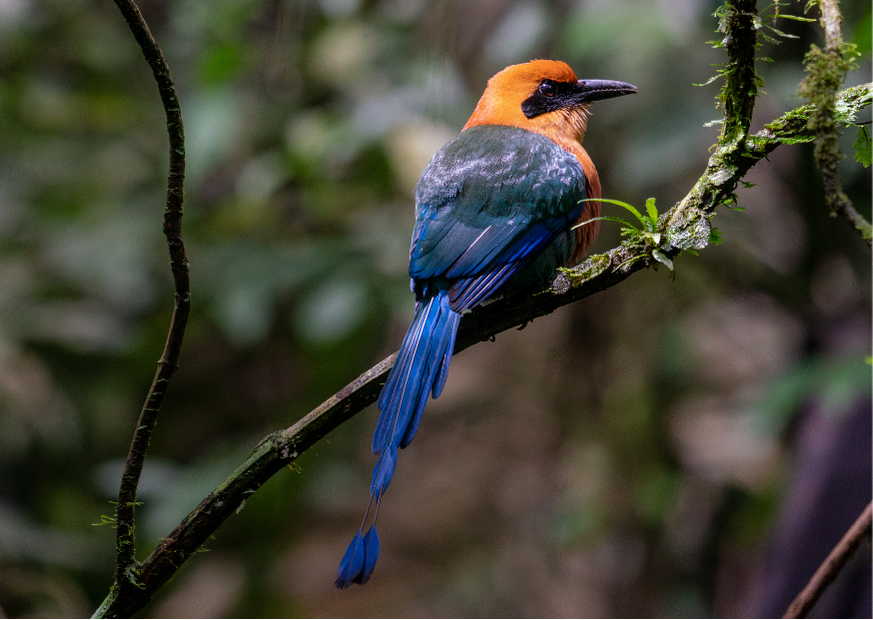Edited: July 2021
One of my favorite parts of all this downtime is the number of animals I see throughout the day. Somedays I’m lucky enough to see birds, a couple of frogs, and the Howler monkey that often visits our yard. He is almost like a part of our family nowadays so we even named him, his name is Jon Jon.
Here in Costa Rica, you can find so many exotic animals you never even knew existed. But for us, one of the most interesting animals is birds.
Guanacaste (The region where Tamarindo is), is a Tropical Dry Forest and there are dry seasons here that last for months and during this time there is no rain at all.
It has a long coastline, therefore it is a great area to spot shorebirds and pelagic species.
For a bird-spotting vacation in Guanacaste, you can stay pretty much anywhere along the coast and then book a tour from there. Or, you can rent a car and drive yourself to one of these National parks:
- Rincon de la Vieja
This is a National park located approximately 1.45h from Tamarindo and only a short ride away from Liberia. This National park is well-known for its Volcano, the National park is named after the volcano.
Read more about Rincon de la Vieja here.
- Santa Rosa
Santa Rosa National park is located about 2h away from Tamarindo and 35 minutes away from Liberia.
- Palo Verde
This one is a bit further away from Tamarindo and the Pacific coast. It takes approximately 3.30h to get here by car. But, if you are in San José (the capital), you can make a day trip here very easily. You could visit this park when you arrive in Costa Rica, or when you are about to leave (if you are flying out from San josé).
Birds are also possible to be spotted in areas like Tamarindo, or other towns along the coast, depending on where you will stay. But, the National parks do have a bigger selection of birds living in them.
When is a good time to do bird-spotting in Costa Rica?
You can spot birds all year round in Costa Rica, and bird-spotting tours can always be found.
November to April is the dry season, and May until November is the wet season. Even though the wet season starts in May the amount of rain pouring down changes day by day. You might experience heavy flows for a short while (1-2h) for days in a row, or no rain at all. This especially applies from May until September.
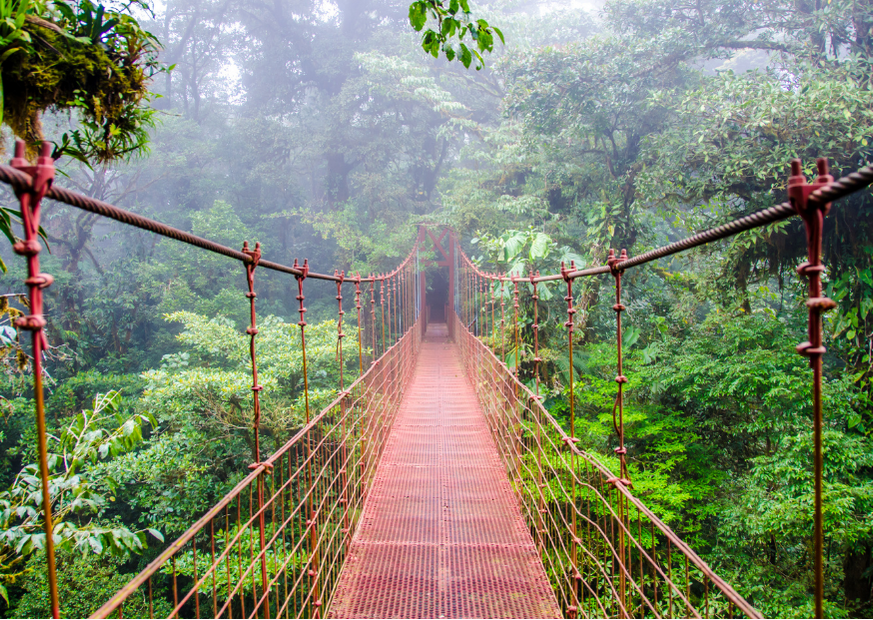
Have you ever wondered what kind of bird you are looking at? We have a book with over 100 birds but honestly, sometimes they all look the same.
So we created a little cheat sheet for you guys, so it will be easy for you to recognize which exact bird is in front of you:
Motmot
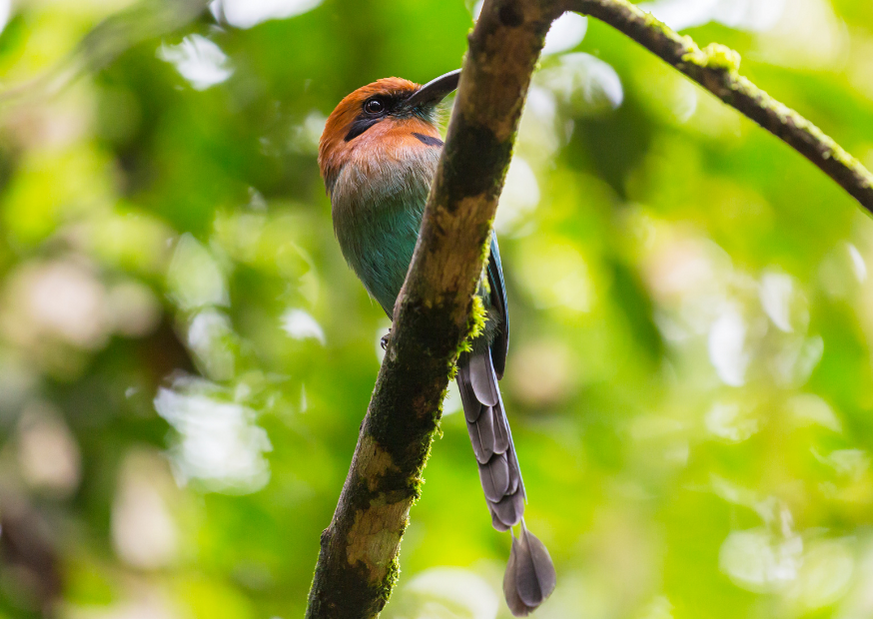
This bird has a heavy bill, long tail and the plumage is very colorful as you can see from the picture. They eat all kinds of small insects and lizards, and in Costa Rica, they can even eat poison dart frogs. There are 6 different species of Motmots in Costa Rica, you can find them in the southern Pacific region of Costa Rica.
Turquoise-Browed Motmot
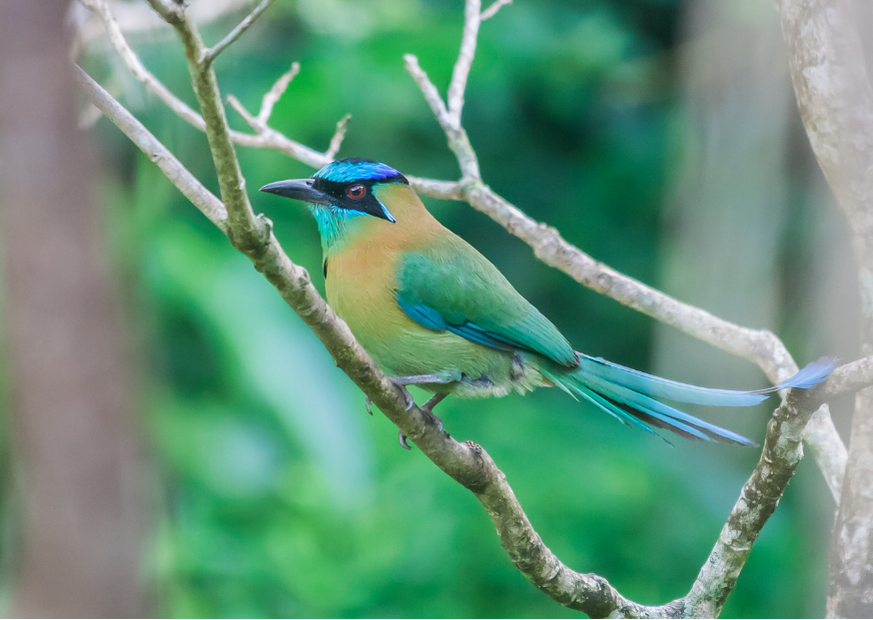
You can also find the Turquoise-browed Motmot here. This Motmot has a turquoise stripe above the eye and has a “black mask” around its face. This bird usually sits still for long periods of time, waiting for insects to pass by.
Streak-backed Oriole
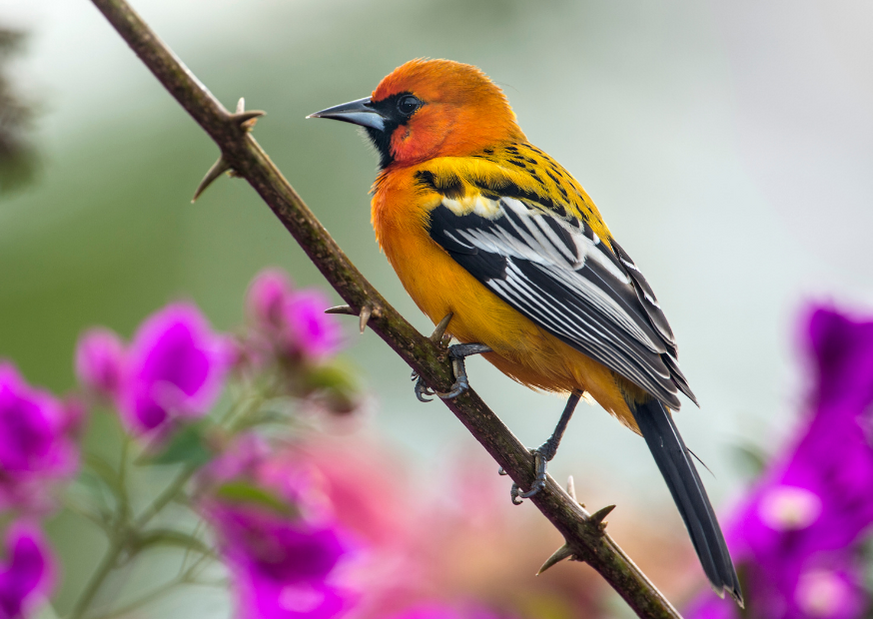
These birds live in dry tropical forests and they have a beautiful bright yellow color and grey wings. The unique thing about how these birds look is the black stripes on their back. In addition to insects, this bird species also eat fruit and nectar.
Spoonbill
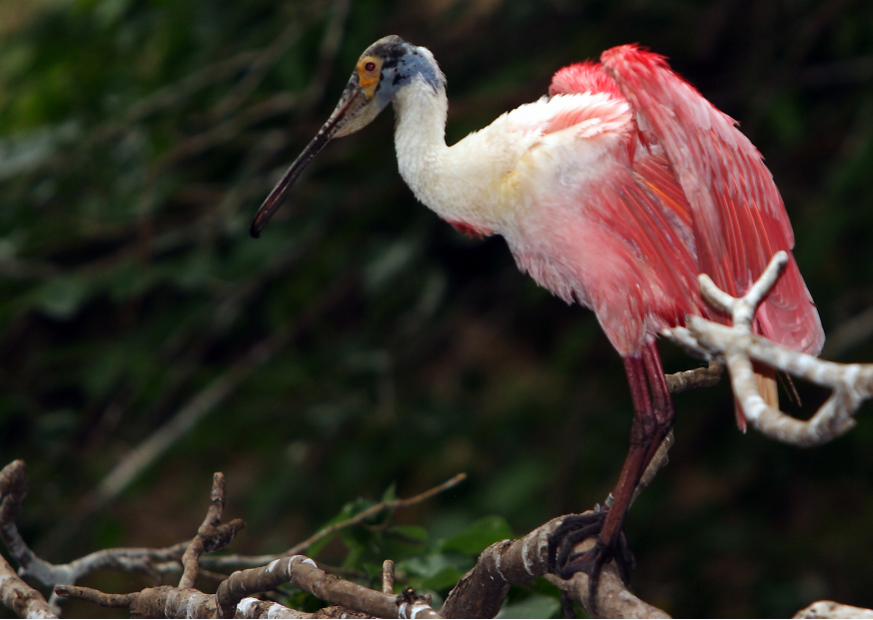
Spoonbills get their pink coloration from the foods they eat – Crustaceans and other aquatic invertebrates. Even though this bird looks a bit like Flamingos, they are not related. The Spoonbill belongs to the Coronaves, and Flamingos to the Metaves birds. You can find this bird in saltwater and freshwater wetlands.
Blue-throated Toucanet
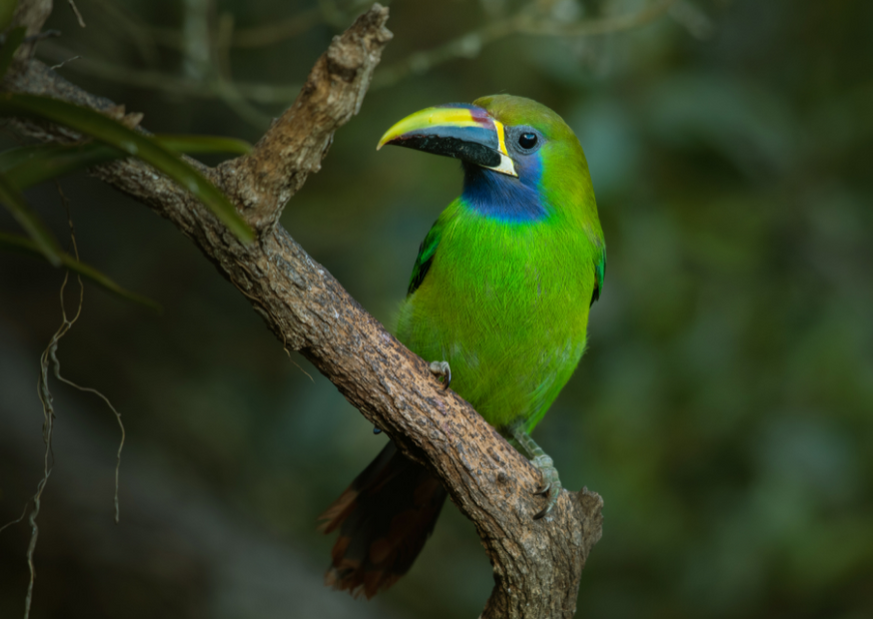
Toucans are renowned for their large colorful bills. At 8 inches they have the longest bill of any bird in the world in relation to their body size of 25 inches. The Toucan on the picture above is a Blue-throated Toucanet. This is one of the 2 Toúcan species you will find in Costa Rica, the other one is called Yellow-eared Toucanet.
Yellow-eared Toucanet
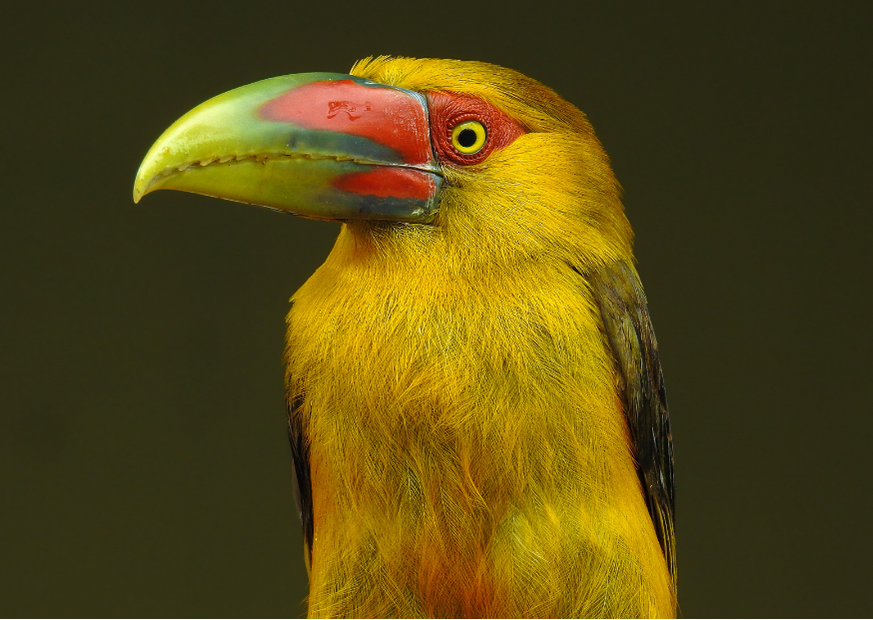
One of our favorite things to do at our house in Tamarindo is to sit in our backyard with a cup of tea and watch the mornings pass by. One morning, I decided to build something useful for the birds, and I found an easy bird feeder that is really fast and non-complicated to build!
Check out this super easy bird feeder! It only uses a plastic water bottle, two sticks, and some strings.
You can fill the bird feeder with bird seeds, oats, sunflower seeds, cooked rice, or apples.
You should try it out at home! I had so much fun building it.

